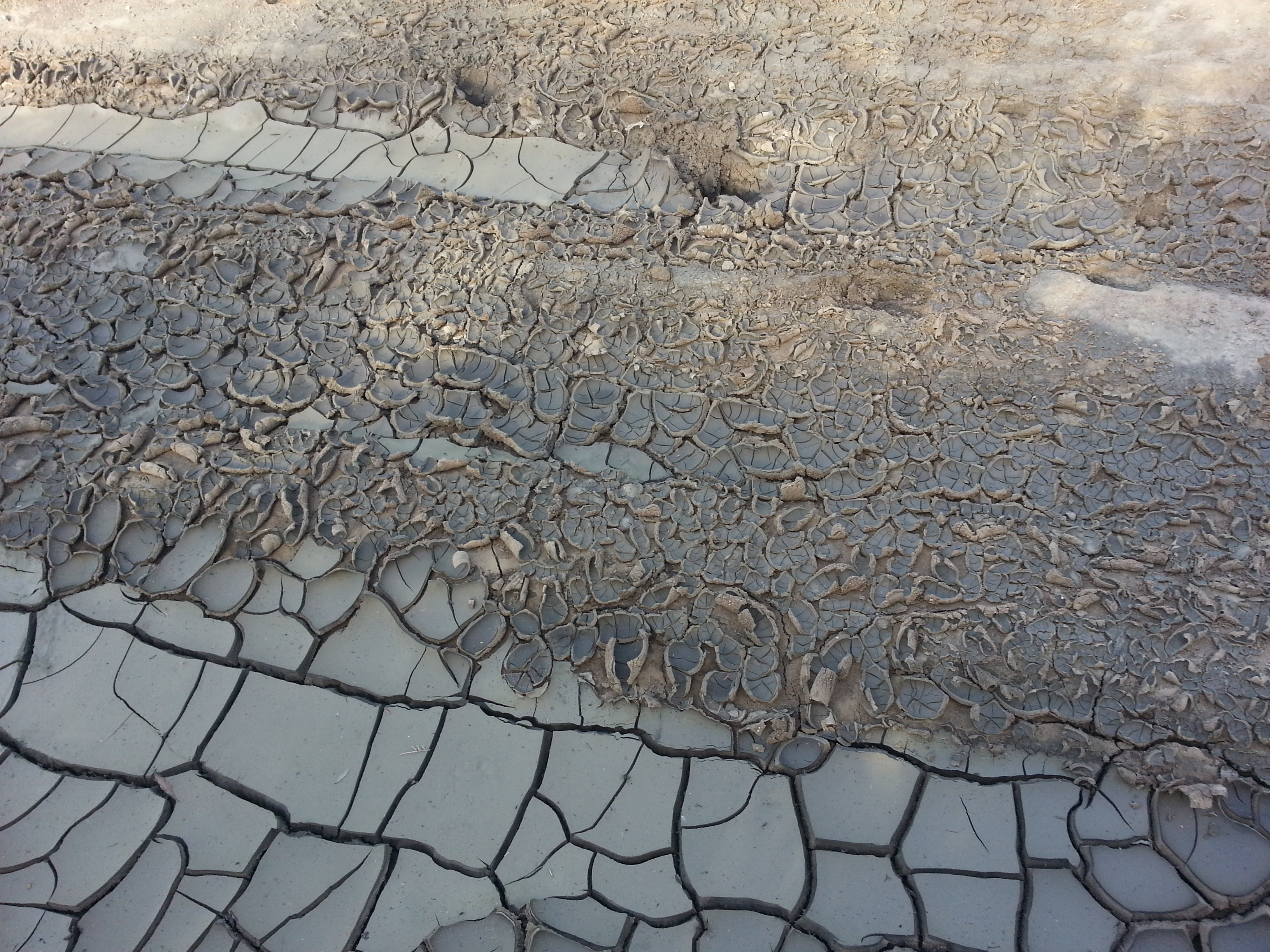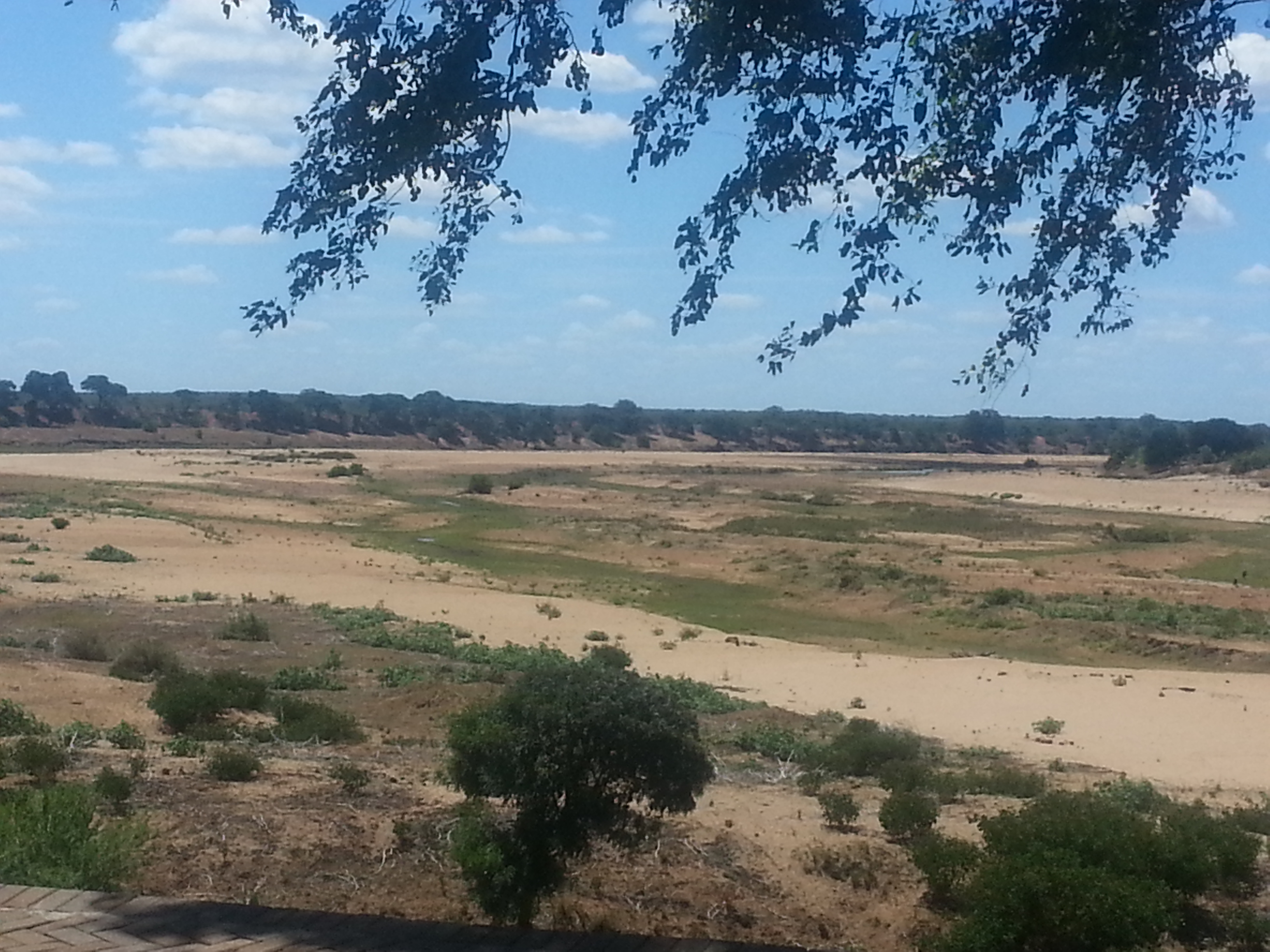
The commissioning of the Medupi Power Station improved the electrical power supply in South Africa, after a couple of years of load-shedding. But as soon as the risk posed by inadequate electrical power supply was seemingly mitigated, the effects of the current prolonged drought began to manifest through restricted water supplies in urban areas. The rivers, boreholes and dams supplying rural livelihoods and livestock are running dry as well. Public service adverts on national TV channels have changed from ‘save electricity, switch off’ to ‘use water responsibly and save water’. The power utility company Eskom has been praised for measures to stabilise the energy sector in South Africa, but we haven’t had any public official standing up to stabilise the water situation in the country except to talk about the severity of the current drought. Why?
The water sector is different and complex. It is not just a simple input–output relationship, which most (CEOs) are used to. It is neither a one-man job nor a one utility responsibility. It entirely depends on nature and ever-changing human behaviour, making it complex to manage. Managing the current water crisis entails a deep understanding of how the actors in the system are connected. The greatest threat to water security is that when it rains, the immediate crisis is over and people tend to forget about it. What we need to understand is that water scarcity is not an ‘event’ in our part of the world. Yes, there are fluctuations, but scarcity is persistent and needs to be consciously part of our everyday agenda. Collective efforts are then necessary in managing water resources in a complex scenario in order to elicit resilient solutions for the water ‘crisis’.
When South Africans started complaining about the water crisis in 2015, the concern was about the impact it would have on food prices, and how this would particularly hit the poor. However, as the drought continued, the focus changed to survival in an environment of restricted water supplies. Now it is no longer about being poor or rich because everyone is affected by limited water supplies. Even the rich have no water and their lifestyles have to change: no more swimming, or washing cars with hosepipes, or filling bath tubs. The responsible thing to do now is to take short showers (three minutes or less), and not to water gardens or leave taps running. In the context of the water crisis, we are all poor in South Africa, regardless of bank balance or type of dwelling. The rate at which climate change-induced shocks such as drought occur is likely to increase in South Africa. As a country we fail because we plan for these as if they are unusual. We need to plan for persistent scarcity, and this requires that we change our mindset, leading to a new culture of water use.
Current technical options have negative outcomes. Water engineers have said that you can’t just shut the pumps to save water because the consequences and costs associated with infrastructure damage would be greater than the water saved. Reducing the water pressure in pipes and keeping water flowing mostly to low lying areas is an option but at the expense of those at high altitudes, who end up being starved of water. This means there is a possibility of other areas going for weeks without water, until either pressure is increased again or the users on the lower sections ‘decide’ to close their water taps to allow pressure to build up for the residents uphill. The question is: to what extent are we taking into account each other’s needs, and would we end up sacrificing our own usage? In other words, how can we better manage our connectedness to improve resilience to water stress? The ability to manage our water related activities through considerate, responsible citizenship aimed at enhancing our connectedness is what we currently need to ensure we get through the current water shortages in South Africa.

A further question is: are the users responding to all these calls for the responsible use of water? Clearly some are, but others are not. Why? Attitudes (it’s their business and not mine), lack of respect for other water users, not understanding the seriousness of the problem and a lack of appreciation of the efforts being put in by concerned citizens for our own good. Perhaps we have been too often told that all we need to do is build more dams and supply more water, when we should be told ‘there is no more water’. From a municipal water supply perspective this is problematic because water contributes ‘taxes’ towards the municipal coffers. Furthermore, although we are connected with the physical infrastructure, our social and water governance systems are disconnected. We are a society that can complain and protest against local authorities against poor service delivery. However, we fail to ask ourselves what we can do differently today and in the future to alleviate the water situation as a collective. The time for action is now.
In Cape Town, a warning was given for Level 3 water restrictions starting in November 2016, which will prohibit the use of hosepipes and sprinklers for watering gardens, washing or hosing down hard surfaces with drinking water, using drinkable water in ornamental water fountains or features, and filling portable play pools. In October, Gauteng (Johannesburg and Tshwane Metros) was hit by Level 2 restrictions of domestic water supply, leading to most suburbs running with limited – and at times without – water. If Level 2 restrictions left most suburbs without water, what will happen if this escalates to Level 3? I listened to people phoning the various radio channels (SAFM, Radio 702, Power FM, etc) complaining about poor service delivery by the politicians. Mr Hilgard Matthews from Johannesburg Water was all over the media explaining to Gauteng residents why there was no water in most suburbs and the need for residents to use water responsibly, otherwise the situation might get worse. This was the right message, albeit too late. While some callers supported the water service providers, others banged their phones and swore. One said: “Why were we not informed in time? It’s now two days without water supply. We are buying bottled water for household use, it’s not fair”. I wondered how some of them did not know RSA was in a serious drought – did they not read papers or listen to the news?
As South Africans, we have to think about long lasting solutions to the water crisis, and stop pretending there is a magic wand. Yes, short term measures are required to manage the current situation, but 5-10 years from now, we might be in the same situation. The starting point for addressing the water crisis could be accepting the reality that South Africa is a sub-Saharan land, with a naturally high risk of drought. Our water infrastructure, which is often poorly installed and maintained is not up to standard, and still loses significant amounts of water. We might not be in a position to continue building dams in the long-run, but we must manage the existing reservoirs and river water resources, most of which are already over-allocated. It can also be argued that water users know how to manage reservoirs, but what we do not appear to know is how to get consumers to manage their own use of water and to get municipalities to reduce losses to acceptable levels. Furthermore, when it comes to domestic water provision, our communities are composed of high income dwellers with the means to pay, and the low income dwellers that often do not pay or are heavily subsidised by government for services. In this context, long lasting solutions have to be specific to each sector (agriculture, residential, industry, environment, recreation etc.) – the biggest user of freshwater is irrigation agriculture. Interventions in these sectors might be through investing in high water saving technologies (irrigation, industry), water recycling, producing drought tolerant crops (agriculture) or using less water reliant production techniques (industry). However, it is not feasible for producers or water users to embark on such a journey alone. Although, some have already started investing, there might be a need for the state to incentivise and offer subsidies for water saving technologies in the form of tax breaks and reducing import duties for such technologies. This can be extended by setting sector specific production quotas for water use.
Government agencies should lead by example by ensuring that water sensitive designs should be given priority before government funded projects are initiated and, through the Department of Water and Sanitation (DWS), promoting investment in water saving technologies. We could consider adopting an approach used in Singapore, one of the models of good water provision and governance systems globally, where businesses and new developments providing evidence that water is available to sustain them in the long term. We need an ongoing system that is able to allocate and re-allocate water use rights, as well as providing appropriate incentives and disincentives. This encourages water sensitive designs and allows the authorities to monitor the type of water saving technologies best suited for certain developments.
Do we have options to manage the water crisis in South Africa? Of course. But let’s not wait for another drought to talk about long term solutions. The current drought is a crisis, but it is a wakeup call and this is the time for water experts to come together to craft possible long term solutions to water security issues in the country. I challenge water policy makers led by the Minister of Water and Sanitation to provide leadership and come up with a realistic vision for South Africa’s water security situation. The time to prepare for drought is when it’s raining and we have plenty of water, not during a sudden emergency.
